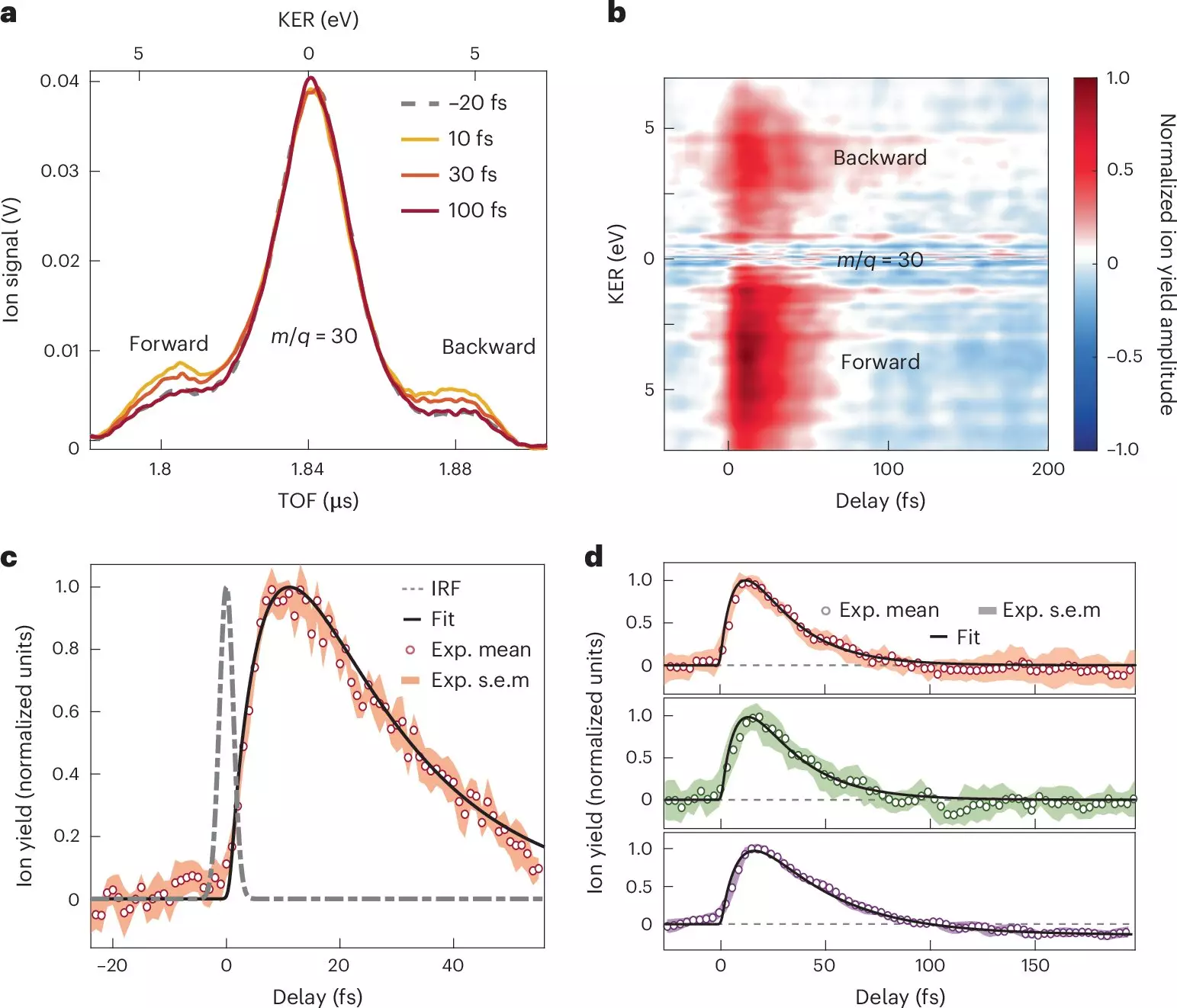In the realm of physics and chemistry, two significant processes showcase the transfer of energy: natural photosynthesis in flora and fauna and the engineered photovoltaics harnessed in solar panels. While photosynthesis captures sunlight to synthesize organic compounds, photovoltaics convert light into electric energy. Both phenomena tether their functionality to electronic motion, emphasizing charge transfer at a molecular level. One of the most critical aspects of these processes involves the rapid redistribution of electronic density upon light absorption—an ultrafast event consistently shaped by quantum effects and molecular dynamics.
Understanding the intricacies of charge transfer requires close observation at unprecedented temporal resolutions. Accessing the realm from femtoseconds (10^-15 seconds) to attoseconds (10^-18 seconds) allows researchers to dissect the dynamics at play, which not only elucidates fundamental mechanisms but also paves the way for engineering specific molecular properties. Utilizing advanced tools, such as ultrashort ultraviolet pulses originating from high-order harmonic sources or free-electron laser facilities, scientists initiate interactions that unveil the photophysical responses of molecules post-photoionization.
Despite impressive progress in ultrafast spectroscopic techniques, gaps remain in understanding the initial steps following prompt photoionization. The research team from the Politecnico di Milano and associated institutions have made significant strides in these pursuits. Their study, recently published in *Nature Chemistry*, leverages attosecond extreme-ultraviolet pulses to probe the ultrafast dynamics of molecular systems more closely than ever before.
Specifically focusing on nitroaniline molecules, the team meticulously observed and analyzed early-stage charge transfer dynamics with remarkable precision. By employing a hybrid approach that integrates attosecond extreme-ultraviolet pump and few-femtosecond infrared probe techniques, paired with sophisticated many-body quantum chemistry calculations, this research captures the swift nature of electronic interactions unfolding within molecular structures.
The findings of this groundbreaking study reveal startling subtleties in the electron transfer process. The electron shift from the amino group, seen as a donor in this system, occurs in under 10 femtoseconds, demonstrating the pivotal role played by synchronized electron and nuclear movements. Following this initial transition, the charge undergoes a relaxation phase that extends over 30 femtoseconds, showcasing the spreading of the nuclear wave packet across the excited electronic states of the resultant molecular cation.
These results deepen our understanding of how electron-nuclear coupling dictates electron migration between donor-acceptor molecules, particularly in response to the prompt ionization brought about by light exposure. The research captures the critical timeframes required for charge transfer and the structural adjustments that accompany these processes.
Beyond merely enriching academic discourse, the study’s implications extend into the practical realm. The authors envision that these experimental and theoretical advancements will bridge the gap between traditional depictions of charge migration in organic molecules and the intricate reality unveiled by high-precision observations. By refining the typical diagrams used to qualitatively represent charge distribution and transfer, this research fosters a more nuanced understanding of molecular behavior under photonic influence.
The work accomplished by the Politecnico di Milano and its collaborators not only advances the fundamental understanding of molecular dynamics but also encourages further exploration into the interfaces of attosecond science. As researchers continue to probe the ultrafast interactions of electrons and nuclei, we may unlock new avenues for designing effective photonic devices, molecular sensors, and novel materials tailored for energy conversion and storage applications. The mysteries of molecular behavior are gradually unfolding, promising a bright future for both theoretical inquiry and practical innovation in this captivating arena.

